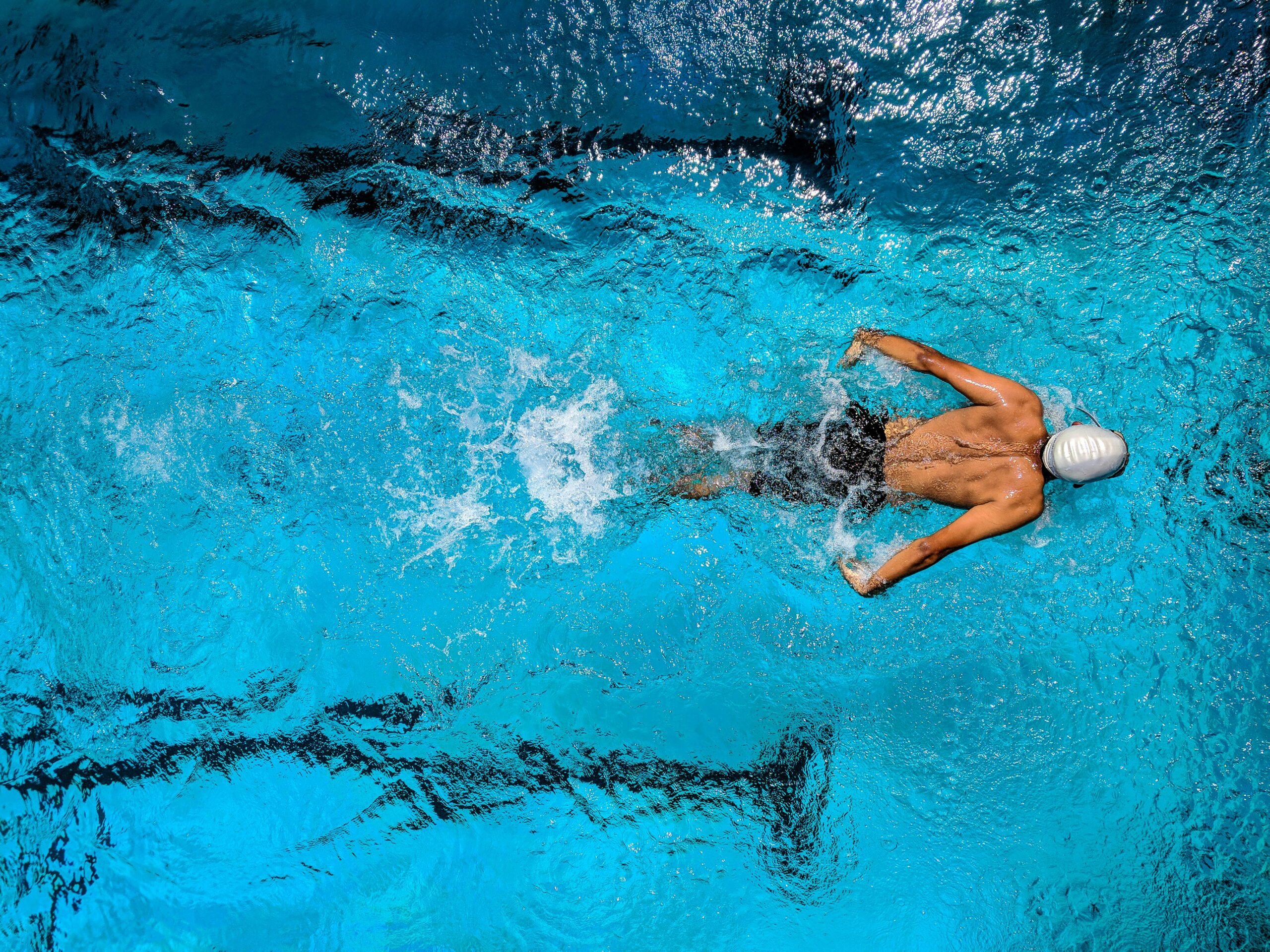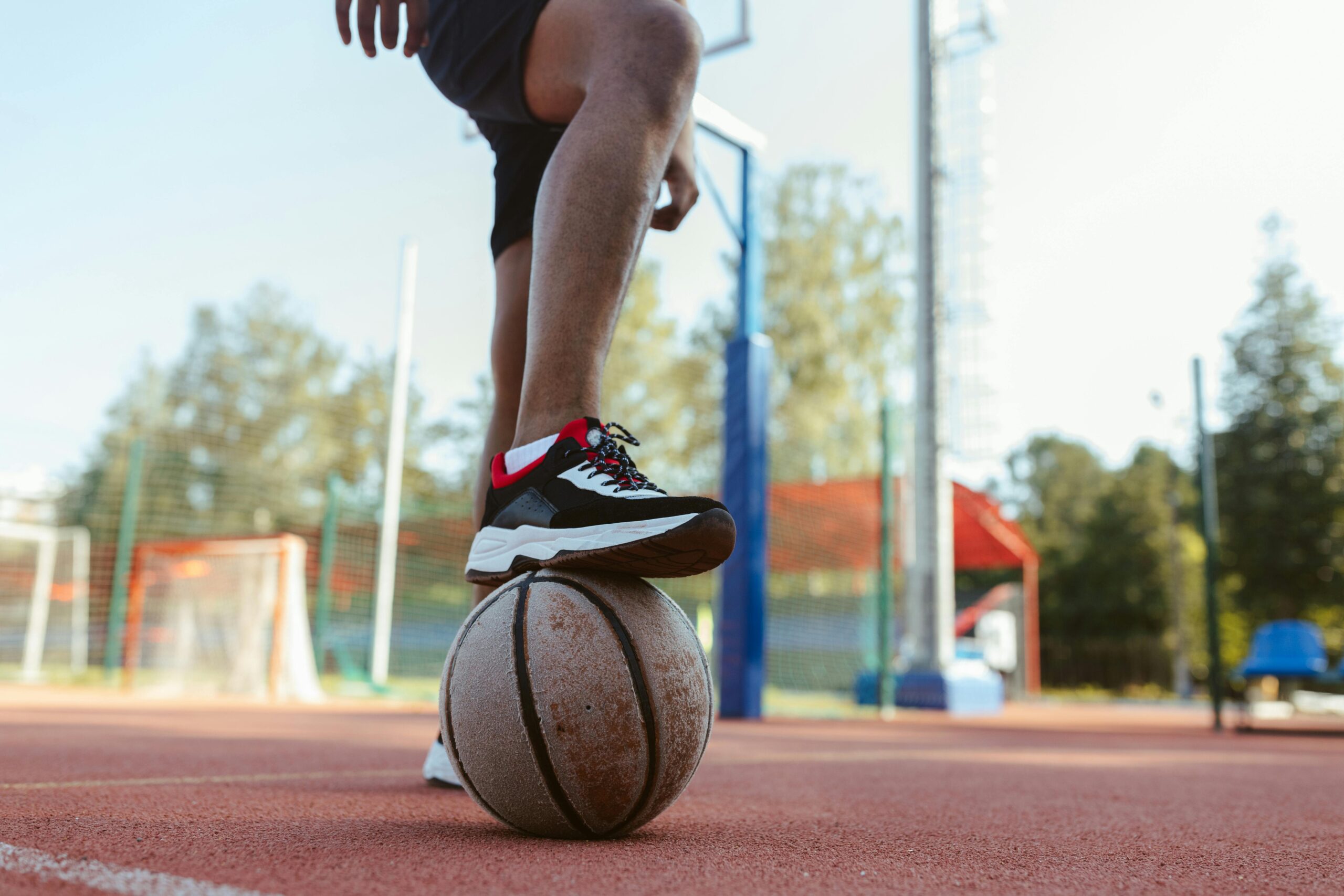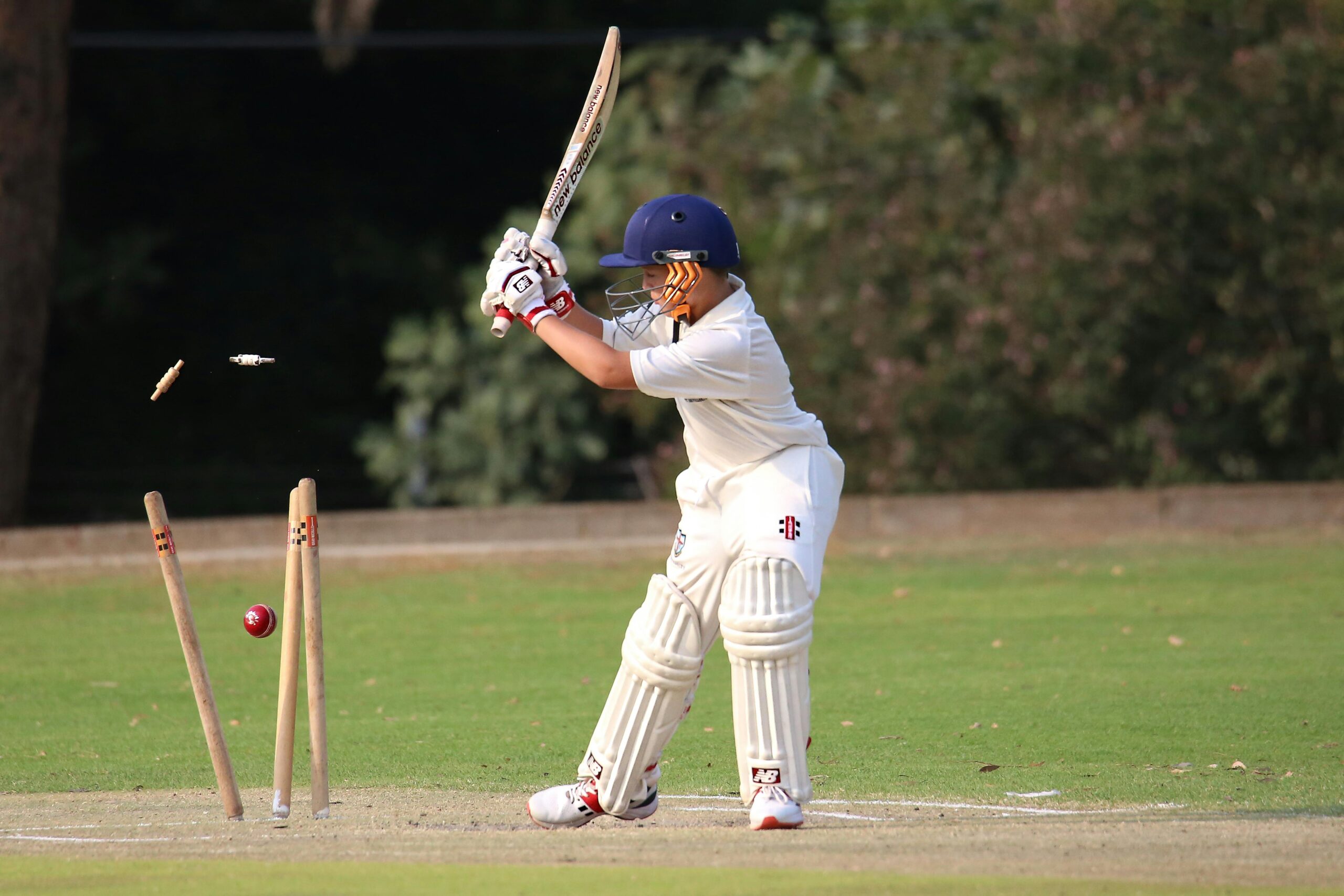Learning to swim is a vital skill that not only opens the door to a world of fun and fitness but also ensures safety around water. Whether planning to enjoy recreational swimming or aiming to enhance fitness, mastering swimming can be both enjoyable and rewarding. This beginner’s guide covers essential tips and step-by-step instructions to help anyone learn swimming safely and effectively.
Why Learn Swimming?
Swimming is an excellent full-body workout, boosting cardiovascular health, strength, and flexibility. More importantly, learning to swim is crucial for personal safety in and around water. It builds confidence and reduces fear, allowing you to enjoy various water activities safely.
Getting Comfortable in the Water
For absolute beginners, the first challenge is getting comfortable with water. Start in a shallow pool where you can stand easily. Spend time:
- Wading and walking around in the water.
- Splashing water on your face.
- Submerging your face underwater while holding your breath.
- Learning to blow bubbles underwater, which helps regulate breathing.
Practicing these simple steps reduces anxiety and builds trust in the water environment.
Mastering Floating and Breathing
Floating is fundamental in swimming. Learn to float on your back and stomach to build buoyancy and balance. A relaxed body helps you stay afloat effortlessly.
Breathing is crucial—practice rhythmic breathing to avoid panic. Inhale through your mouth above water and exhale underwater through your nose or mouth by blowing bubbles. This controlled breathing pattern is key in swimming strokes.
Basic Swimming Techniques
Once comfortable with breathing and floating, focus on these core swimming techniques.
Kicking
Kicking provides propulsion in water. Beginners start by holding the pool edge or a kickboard and flutter kicking from the hips, keeping legs mostly straight with relaxed ankles. Small, rapid kicks generate movement and help maintain stability.
Arm Movements
Incorporate arm strokes to synchronize with kicking:
- Freestyle (Front Crawl): Alternating arms pull the water backward while legs flutter kick. Turn your head to breathe in rhythm with arm movements.
- Breaststroke: Arms move in a half-circle outwards and inwards while doing a frog-like kick.
- Other strokes like backstroke and butterfly can be learned later.
Practice Safety When Learning
Safety cannot be overstated. Always swim with supervision or a buddy, especially when learning. Avoid swimming in deep or unsupervised waters until confident. Use appropriate swim gear like goggles, swim caps, and floatation devices if needed.
Step-By-Step Learning Routine
- Acclimate: Spend time getting familiar with water in shallow areas.
- Breathing and Blowing Bubbles: Practice controlled breathing underwater.
- Floating: Learn to float on back and front without assistance.
- Kicking Alongside the Pool: Use a kickboard initially, focusing on movement from the hips.
- Arm Strokes and Coordination: Practice basic strokes starting with freestyle.
- Combine Movements: Synchronize kicking and arm strokes with breathing.
- Swim Short Distances: Build confidence by swimming short distances, gradually increasing as skill develops.
- Take Lessons: Consider professional swimming lessons to refine techniques.
Common Challenges and Tips
- Breath Control: Practice blowing bubbles and breathing drills regularly.
- Body Position: Keep your body horizontal and face pointing down in freestyle.
- Relaxation: Stay calm; tension wastes energy.
- Consistency: Frequent practice ensures steady improvement.
Equipment That Helps
- Kickboards for kicking practice.
- Goggles to keep eyes comfortable.
- Swim caps to reduce drag.
- Flotation belts for beginners.
Final Thoughts
Learning to swim is a journey of patience, practice, and persistence. Embrace each small accomplishment along the way, and always prioritize safety. With these steps and tips, anyone can progress from a nervous beginner to a confident swimmer ready to enjoy aquatic activities with skill and joy.



